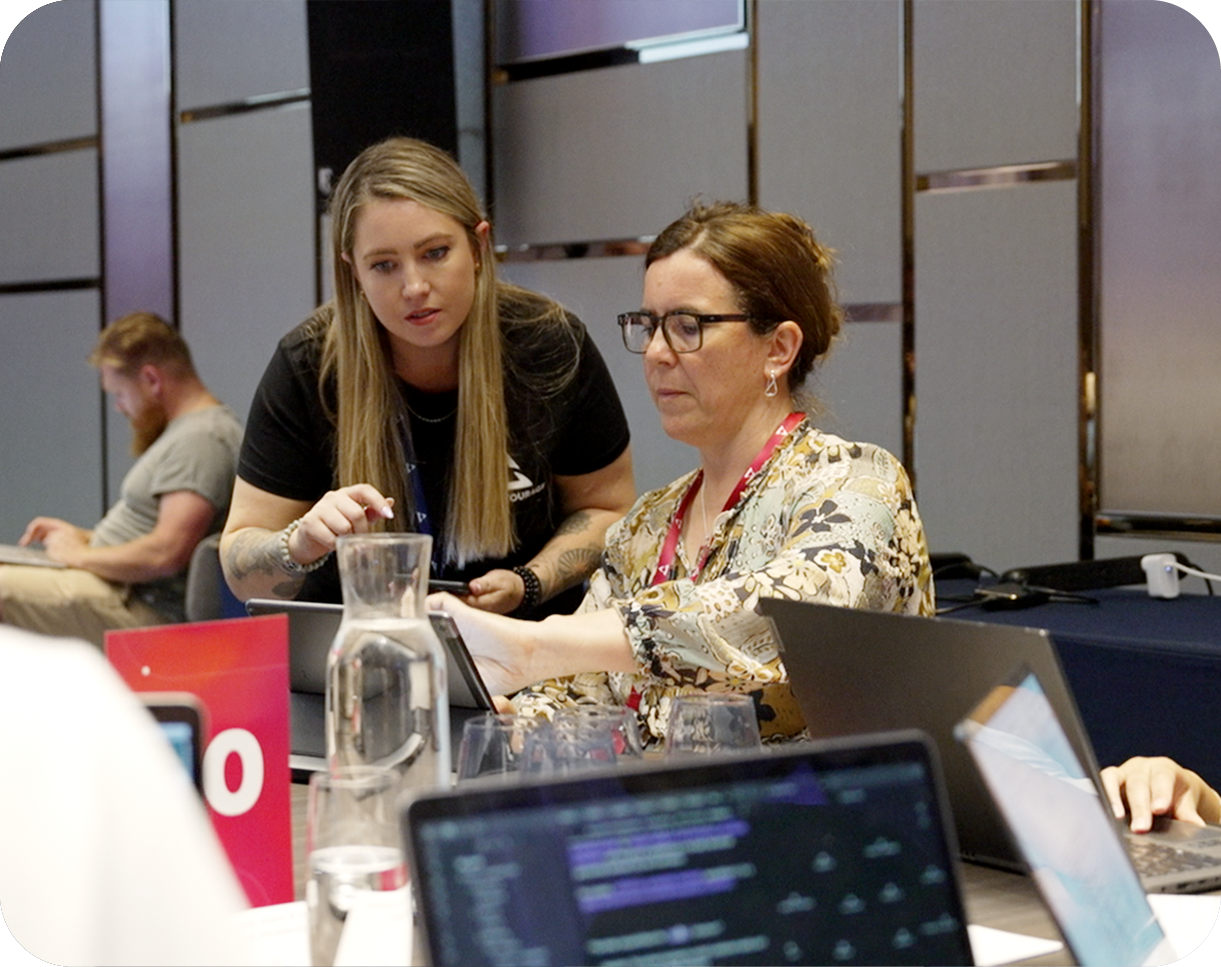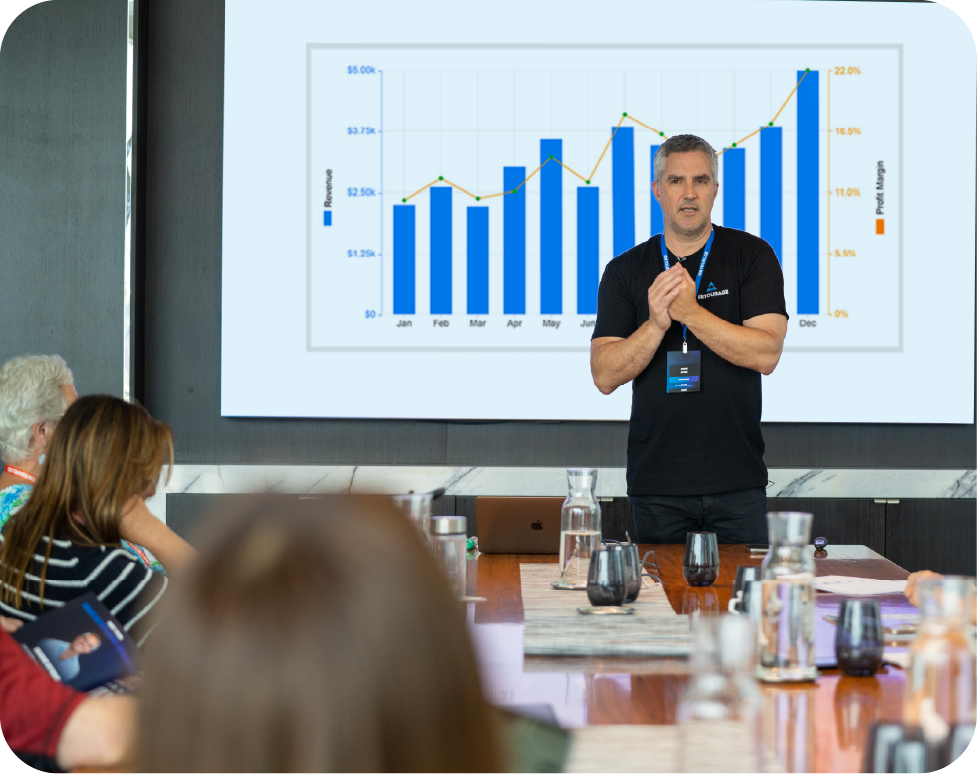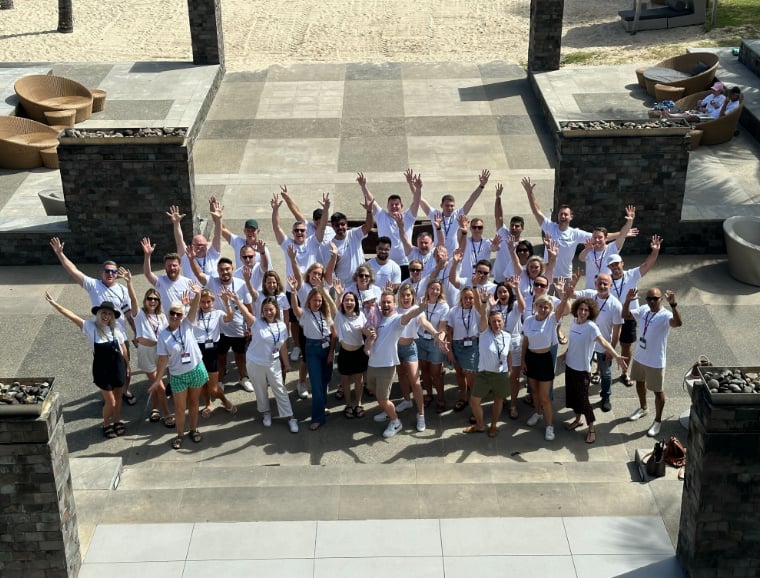The Step-by-Step Approach to Aligning Your IT With Business Goals
- IT works best when it’s planned in line with long-term business objectives
- Reviewing current systems and identifying gaps creates a clear starting point
- Translating goals into specific, practical projects makes them easier to achieve
- Ongoing reviews keep technology aligned with evolving business needs
If your technology choices feel like they’re always made in a rush, you’re not alone. Many small and medium-sized business owners juggle urgent problems without a clear sense of where their IT is heading. The result is often a mix of quick fixes, underused tools, and systems that don’t quite work together. But when your IT is designed to move in step with your business plans, every upgrade and investment becomes more logical.
Understanding the link between technology and business outcomes
Think about the role technology plays in your daily operations. It keeps your sales pipeline moving, supports your team’s workflow, and stores the data that shapes big decisions. When these systems operate in isolation from your business strategy, they can slow growth rather than support it. Aligning IT with your goals means treating it as more than just a cost to manage. It becomes a framework that enables you to achieve the milestones you’ve set.
For many smaller organisations, the biggest gap isn’t in ambition but in planning. The pressure to solve today’s issues often overshadows the need to prepare for tomorrow’s challenges. Without a plan, you can end up with mismatched tools or processes that hinder scaling. Connecting your IT direction to your business vision ensures every new piece of technology serves a purpose, whether that’s improving efficiency, reducing risk, or helping your team deliver better service.
Building the foundation for effective IT alignment
Before you can match technology to your long-term vision, you need to know exactly where you stand. That means reviewing your existing systems, identifying gaps that slow productivity, and understanding which processes are most critical to your daily operations. It’s also worth considering future needs, such as compliance requirements or market expansion, to avoid constantly backtracking to fix overlooked details.
Some businesses find it helpful to work from a structured reference, like an SMB IT roadmap development guide, to ensure nothing is left out. While you don’t need to follow such a resource word-for-word, it can provide a checklist for covering infrastructure, security, software, and support in a logical order. By assessing both the technical and operational sides of your organisation, you create a realistic starting point for planning the changes that will truly make a difference.
Turning business goals into actionable technology steps
Once you have a clear picture of where you are, the next challenge is converting broad objectives into practical IT initiatives. This isn’t just about buying the latest software or upgrading to faster hardware. It’s about selecting tools and systems that directly contribute to the outcomes you want.
For example, if one of your goals is to expand into new markets, you might focus on building a secure, scalable online sales platform and strengthening your customer relationship management systems. If you want to improve client retention, integrating customer feedback tools into your workflow can give you real-time insight into satisfaction levels and service gaps. And if compliance is a growing concern, advanced security protocols and regular data audits become priority projects.
Breaking large objectives into smaller, technology-based actions makes them easier to manage and track. It also helps you avoid the trap of chasing trends that look impressive on paper but don’t deliver meaningful benefits for your specific situation.
Setting priorities and timelines that work in real life
Even the most well-designed IT plan can fail if it tries to do too much at once. Budgets, staff capacity, and operational demands all influence how quickly you can move. This is why sequencing your projects is just as important as choosing them in the first place.
Start by identifying which actions will have the most immediate impact without creating unnecessary disruption. These can run alongside longer-term initiatives that require more investment or planning. For instance, updating outdated security measures might take precedence over implementing a new analytics platform, simply because the risk of delay is higher.
Your timelines should leave space for testing, training, and inevitable adjustments. By pacing the rollout and matching it to your resources, you’re more likely to see each change successfully embedded in daily operations rather than abandoned halfway through.
Reviewing and adjusting your IT strategy over time
An effective IT plan is never static. As your business grows, customer expectations shift, and new technologies become available, your original strategy will need refining. Setting regular review points helps you see whether your systems are meeting their intended purpose or if they’ve become bottlenecks.
Measuring results should go beyond technical performance. Look at whether projects are helping achieve your broader objectives, such as faster service delivery, reduced downtime, or improved client engagement. If something isn’t working, adjust the approach rather than pushing ahead with a solution that no longer fits.
Staying adaptable also means keeping an eye on market and regulatory changes that could affect your operations. By treating your IT plan as a living framework, you can make steady improvements without losing sight of the bigger picture.
Related Categories
Ryan Terrey
As Director of Marketing at The Entourage, Ryan Terrey is primarily focused on driving growth for companies through lead generation strategies. With a strong background in SEO/SEM, PPC and CRO from working in Sympli and InfoTrack, Ryan not only helps The Entourage brand grow and reach our target audience through campaigns that are creative, insightful and analytically driven, but also that of our 6, 7 and 8 figure members' audiences too.





